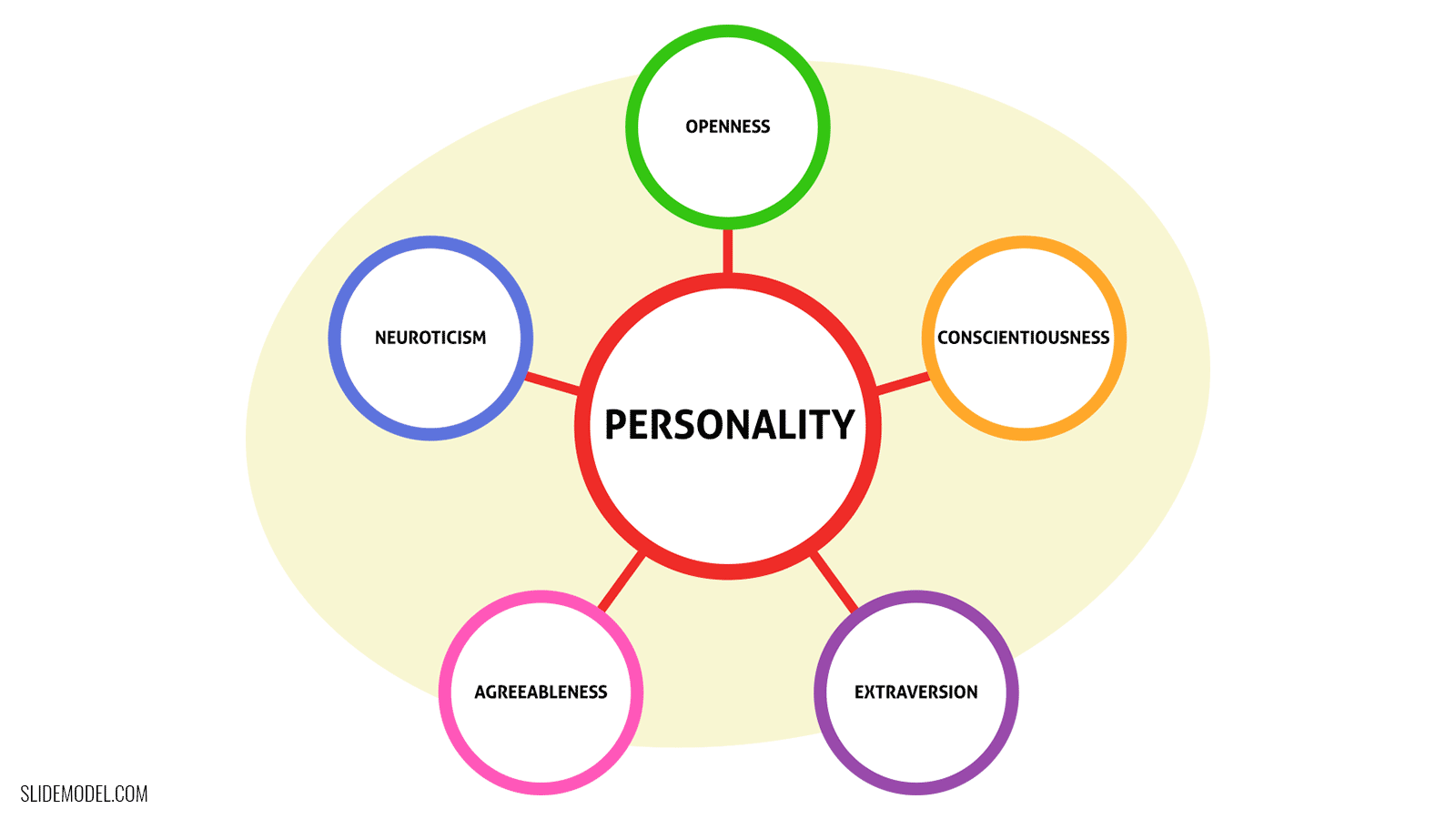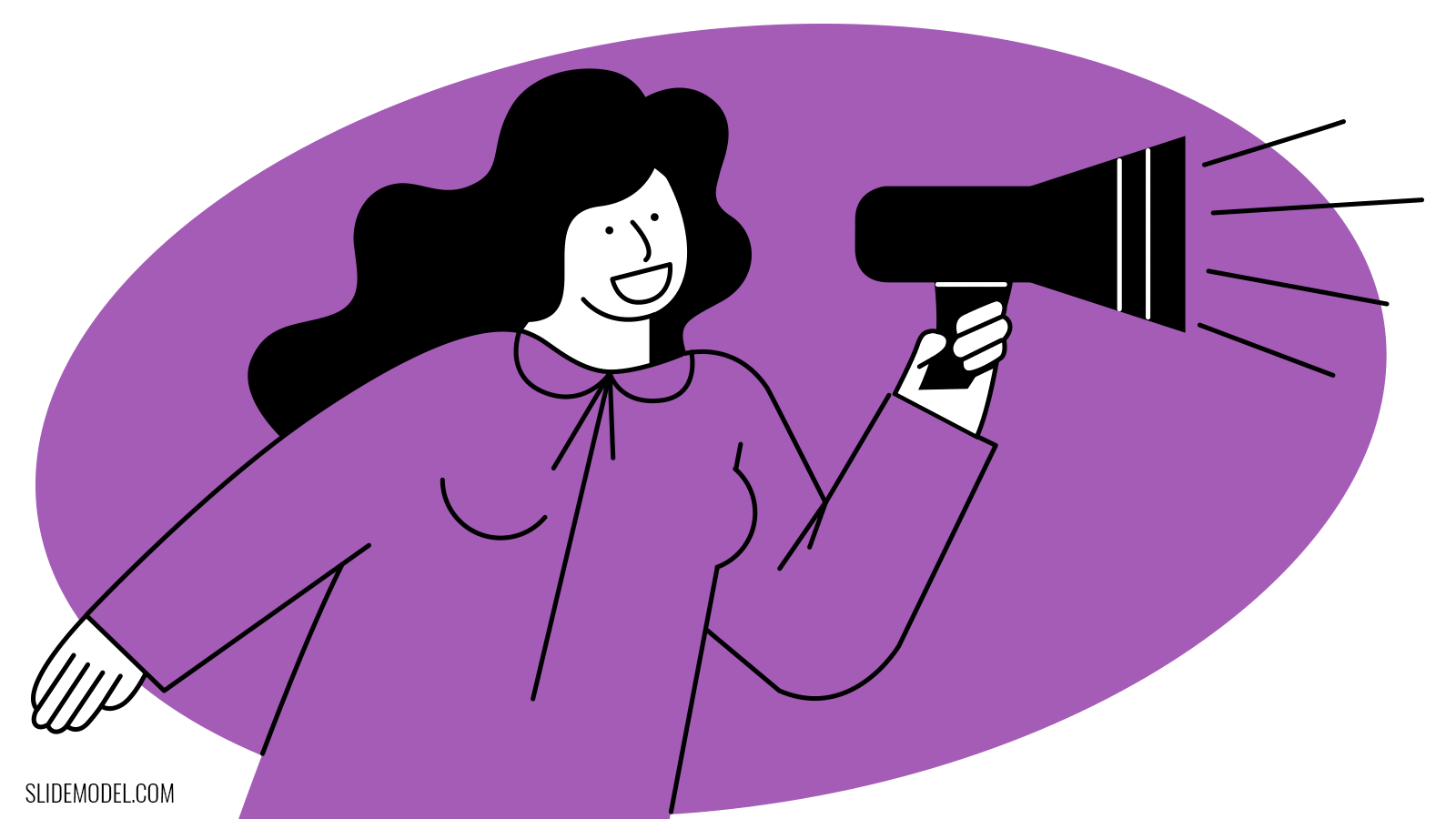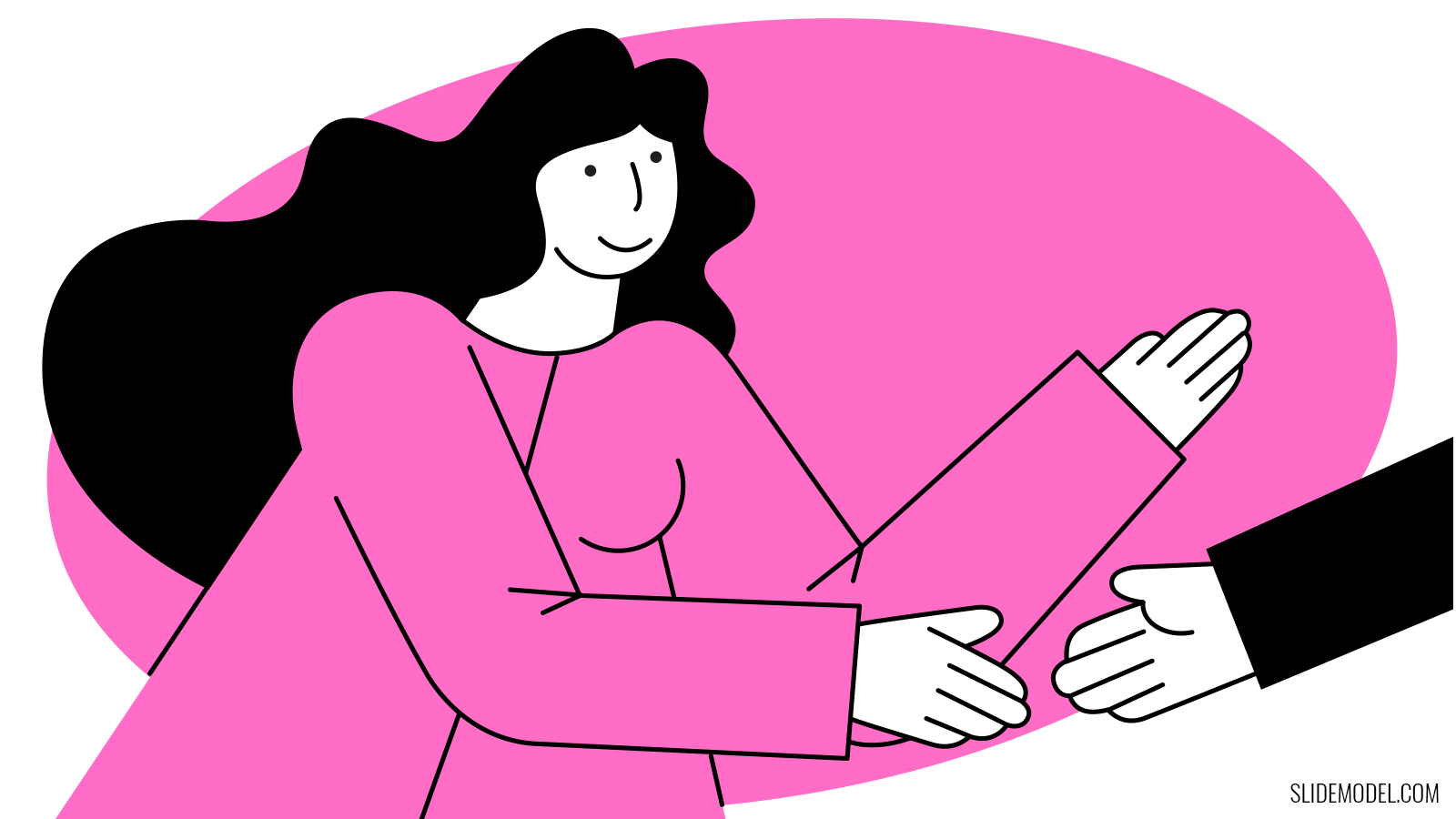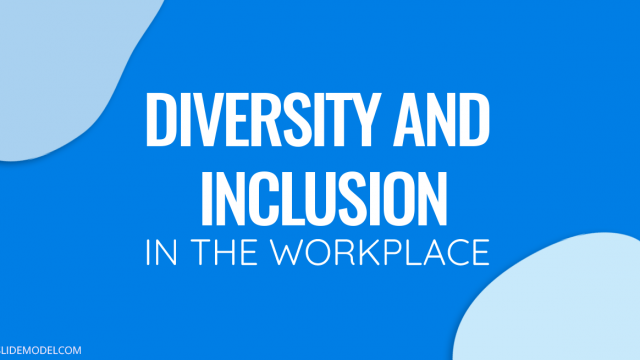
You might have come across people who enjoy outdoor activities, parties and mingling with others. However, then there are people who go to a party and have to recover the next day! This is because what recharges and rejuvenates one type of personality can be draining for another. The Big Five Personality Traits Model explains this relationship in detail by dividing personality traits in dimensions.
- What is The Big Five Personality Traits Model?
- Five Key Dimensions of People’s Personalities
- The Big Five Personality Traits Model Tests
- Final Words
What is The Big Five Personality Traits Model?
The Big Five Personality Traits Model or the 5 Factor Model was shaped back in the 90s, however, it has its roots from various researches that can be traced back to the 50s. The model is credited to Lewis Goldberg from the Oregon Research Institute. The Big Five Personality Traits Model is used in psychology and business for research purposes by exploring dimensions such as; openness, conscientiousness: , extraversion, agreeableness and neuroticism. These traits are also the reason the model is called OCEAN. This OCEAN personality model is used by some businesses to assess people during interviews to recruit the most suitable candidates for the job.
Five Key Dimensions of People’s Personalities
The five key dimensions of people’s personalities, as explored by the Big Five Personality Traits Model describes what makes different types of people tick and what essentially brings out the worst in them (so to speak). Let’s explore the big 5 personality traits.
1. Openness

The Openess dimension refers to a person’s intellect or imagination. This dimension is meant to assess a person’s creativity and desire to adapt to explore new things. The dimension is meant to assess one’s openness to experience, such as; aesthetic sensitivity, intellect, curiosity, etc. For example, if you’re looking to hire someone for a creative job such as; a graphic designer, photographer or videographer, you might want someone who prefers openness to new experiences. However, someone with a low score might be considered as pragmatic and driven by conventional methods. There is some argument regarding how to measure openness and its implications for this very reason.
2. Conscientiousness

This implies the desire of an individual to do the task correctly. Conscientiousness is the dimension for assessing one’s diligence, efficiency and the ability to be organized. A high score for conscientiousness implies self-discipline. Whereas, a low score implies spontaneous behavior and even a lack of reliability.
3. Extraversion

The Extraversion dimension measures if an individual is more open to external interactions or prefer being low-key. Extroverts are perceived as people with high energy levels, whereas introverts prefer more time alone and less stimulation.
4. Agreeableness

This trait reflects social harmony or the lack of it. Agreeable people are considered as benevolent, trusting, helpful and willing to compromise for the greater good. Whereas, disagreeable individuals are seen as selfish, skeptic and unfriendly.
5. Neuroticism

This is a measure of a person’s ability to feel negative emotions like anxiety, and anger. In other words, Neuroticism measures a person’s emotional stability.
The Big Five Personality Traits Model Tests
As mentioned earlier, The Big Five Personality Traits Model is used by some organizations to assess potential candidates for a job. There are big five personality tests created for the purpose of assessing a candidate’s personality. There are some basic questions asked such as;
- I am quick to understand things
- I use difficult words
- I don’t mind being the center of attention
- I take time out for others
- I am much more anxious than most people
The way the person answers such a question is used to assess his or her personality. Below is a breakdown of the score for each dimension:
High Openness
These type of people pursue self-actualization and seek exciting and intense experiences. They are also more creative but can be sensitive, reckless and unpredictable.
Low Openness
These people are considered pragmatic and more orthodox. They can also be considered as dogmatic and less open to new ideas and change.
High Conscientiousness
Considered as disciplined, and willing to complete tasks correctly. Such people can also be considered focused and stubborn.
Low Conscientiousness
Can be considered as reckless and spontaneous behavior. However, such people can also be flexible.
Extraversion
People with this trait are considered full of energy, and more dominant in social settings.
Introversion
People with this trait have low energy levels in social settings, remain low-key but are more independent and require less stimulation.
High Agreeableness
This implies benevolence, compromising for the best interest for others, people with a helpful behavior and a more trusting behavior.
Low Agreeableness
These people are skeptics with a less friendly attitude and self-centered motivations. While this might seem as a negative trait, such people might actually be in high demand for certain types of professions, ranging from security related jobs to coaching in sports.
High Neuroticism
People with high neuroticism are considered as emotionally unstable. Such individuals have a high risk of falling into depression and abusive behavior.
Low Neuroticism
People with low neuroticism are considered as emotionally stable, calm and less easily upset.
Final Words
While there has been criticism regarding the way personality traits are measured by The Big Five Personality Traits Model, a simple questionnaire handed out to a potential candidate can provide you with a lot of information regarding his/her behavior. This behavior can then be measured during interviews and other tests to determine the most suitable candidate for the job and to reduce the risk of hiring employees which might indulge in inappropriate behavior and damage the morale of the workforce.


